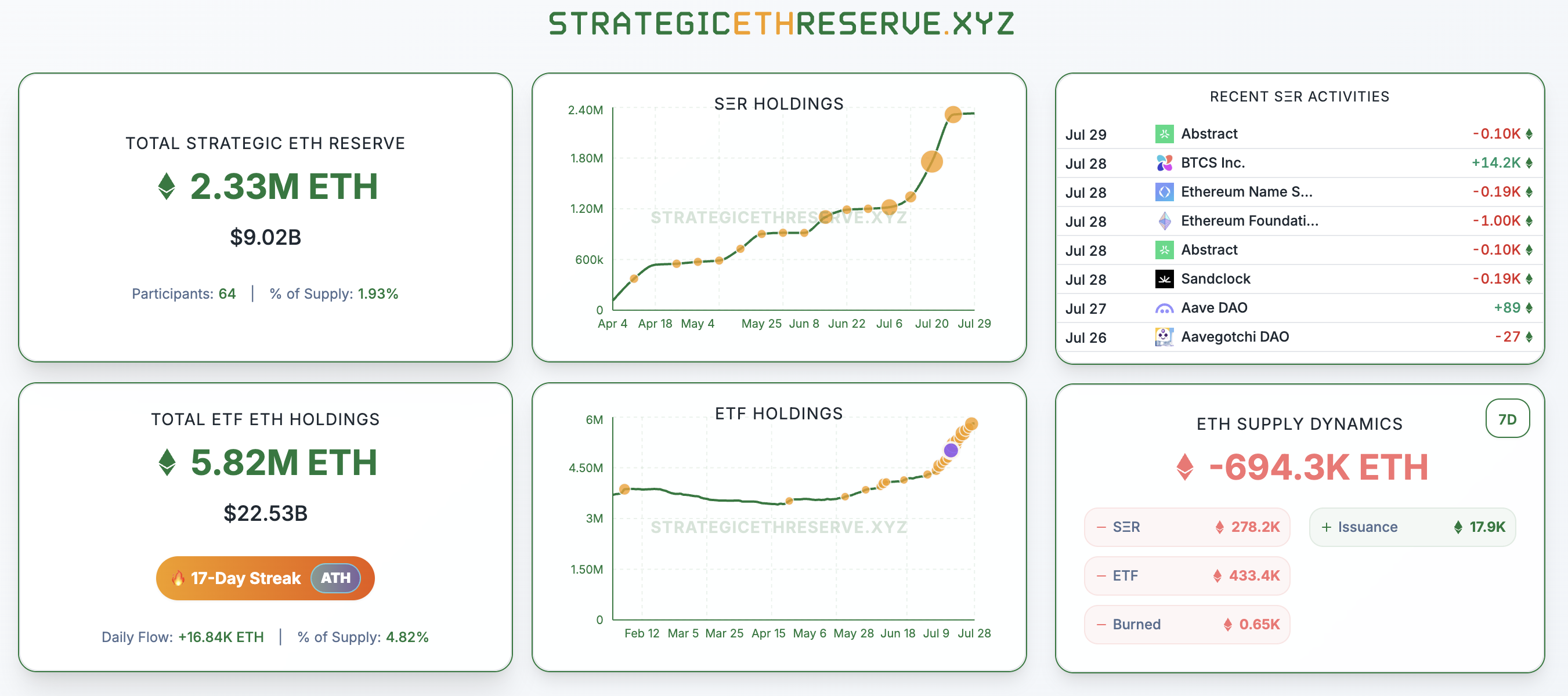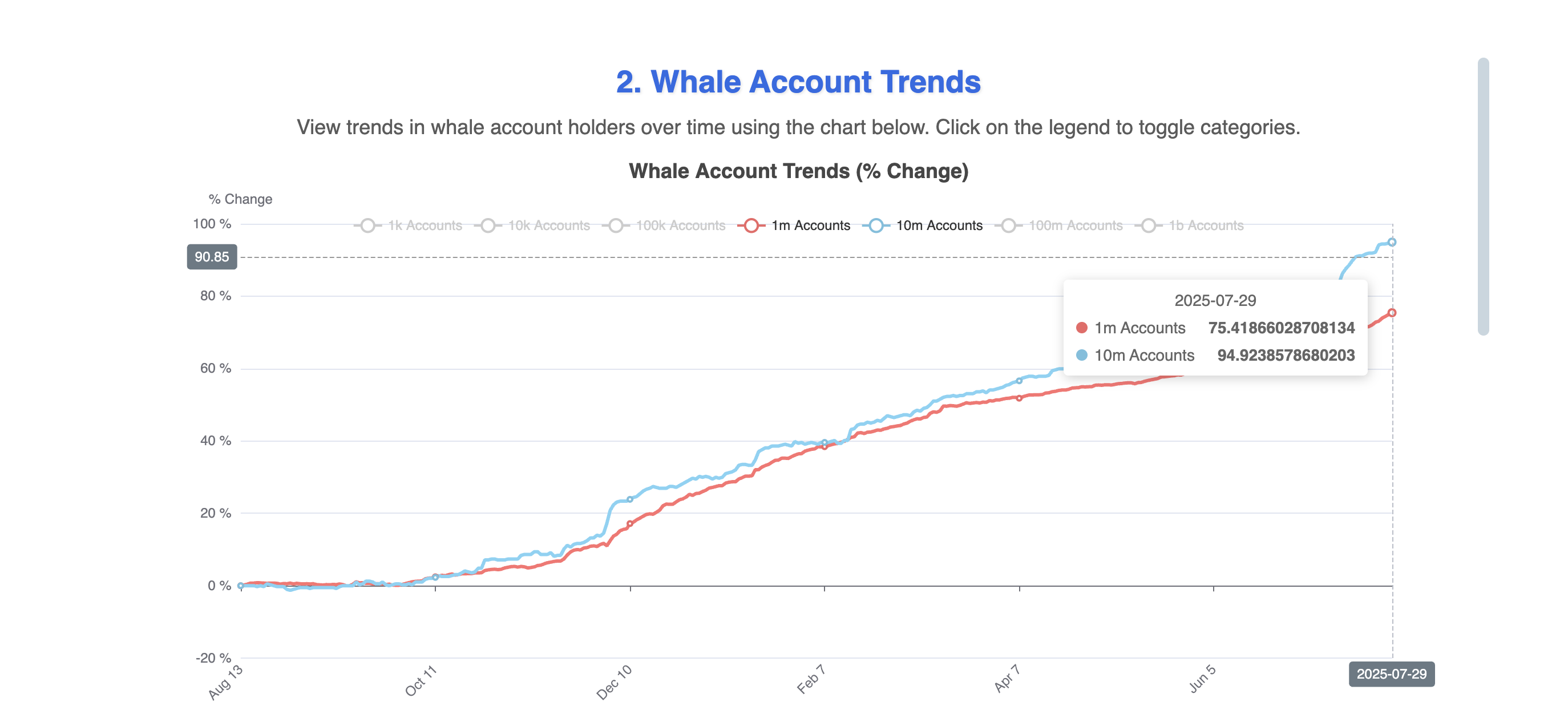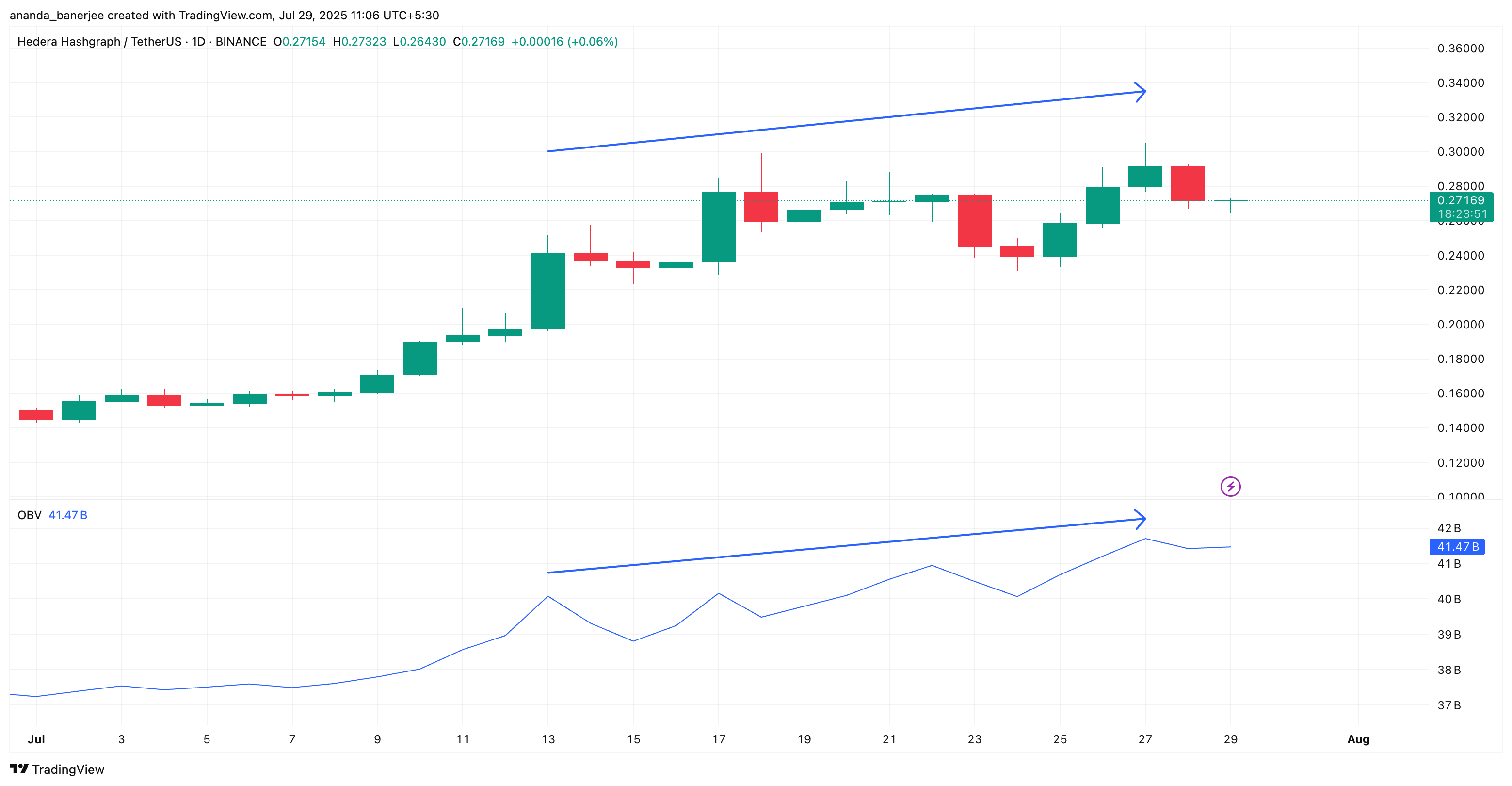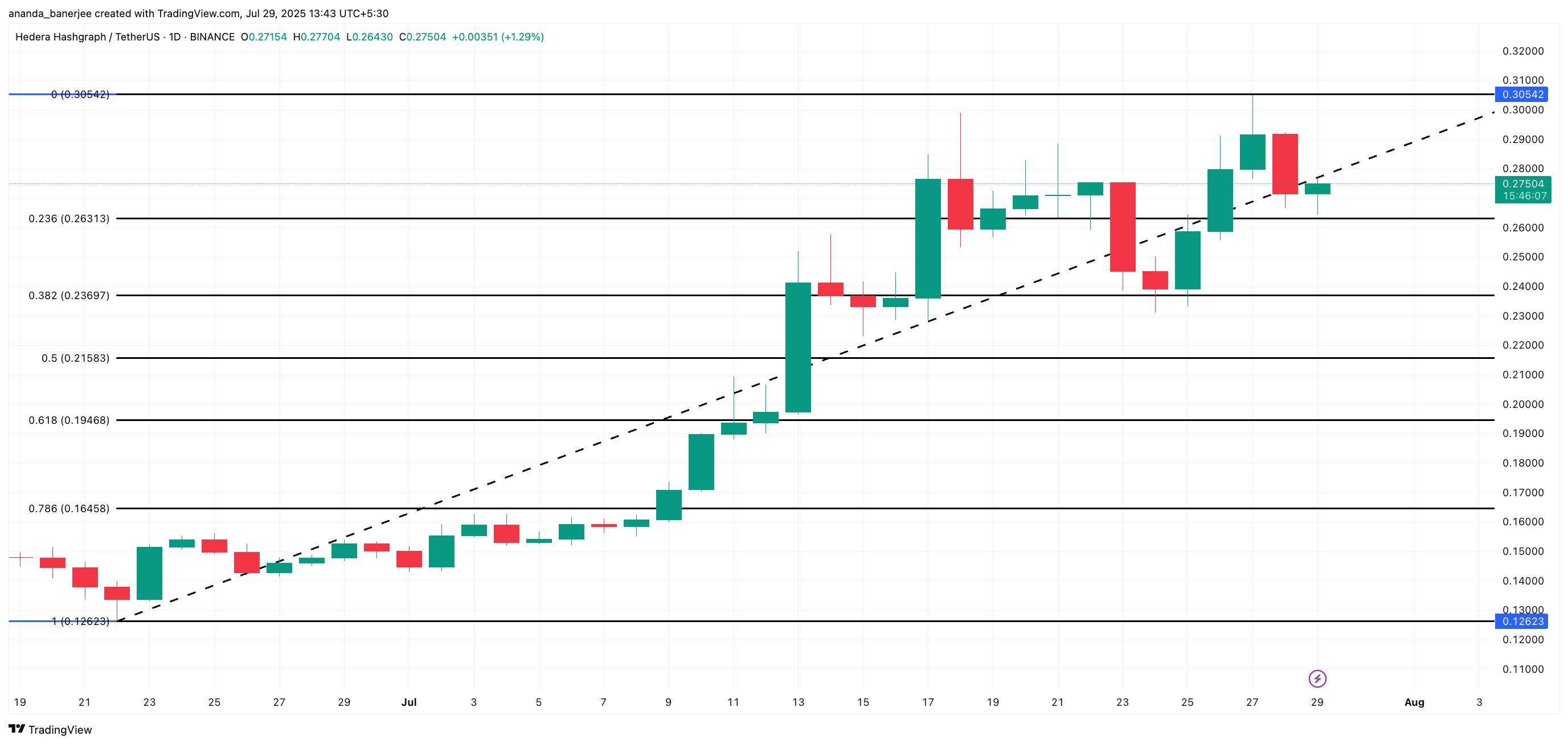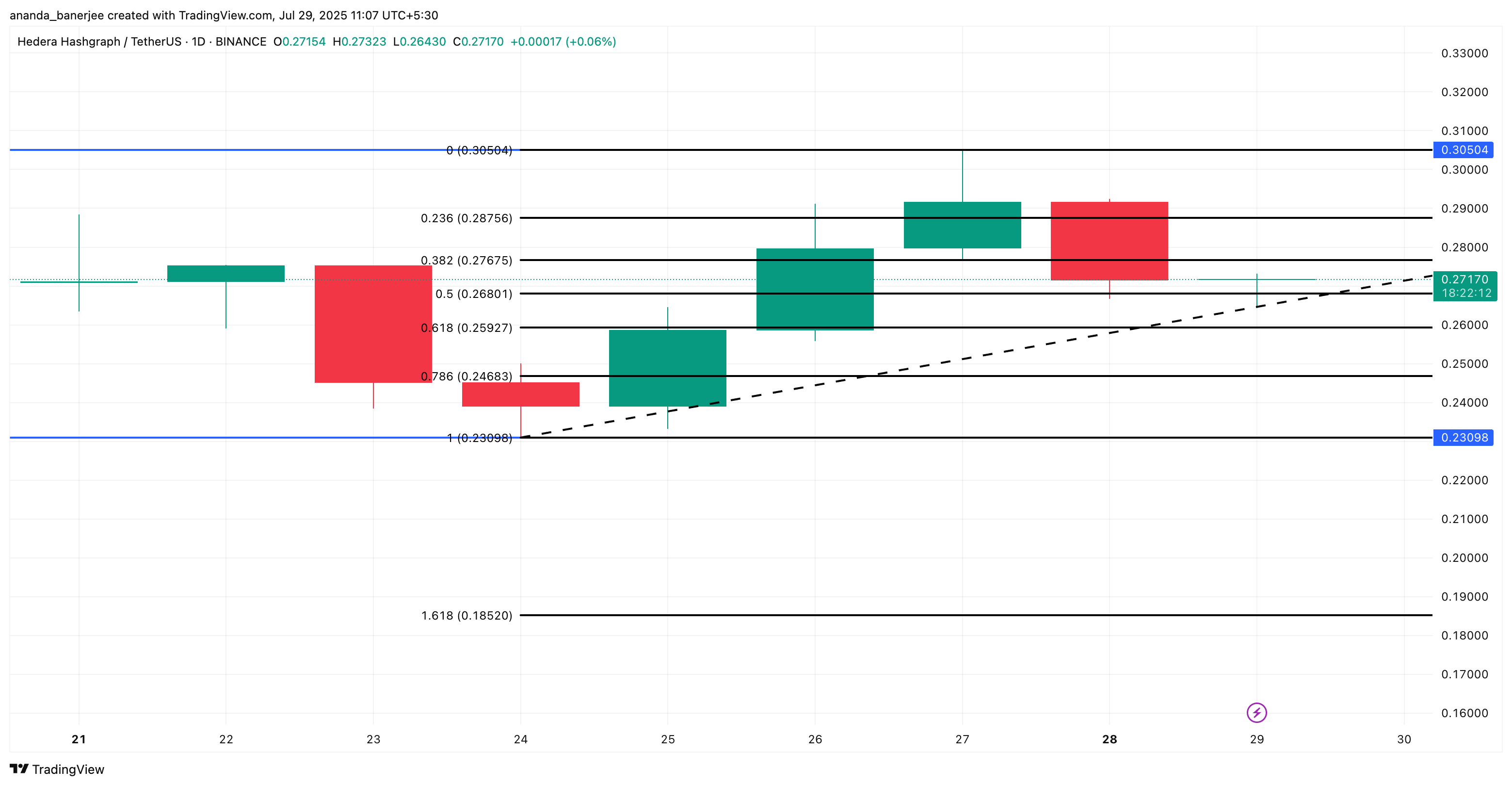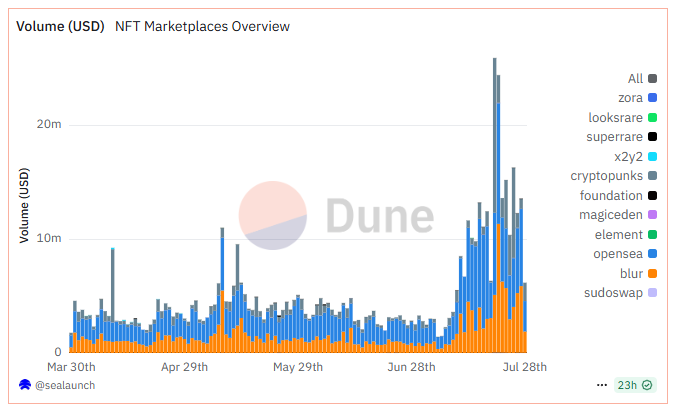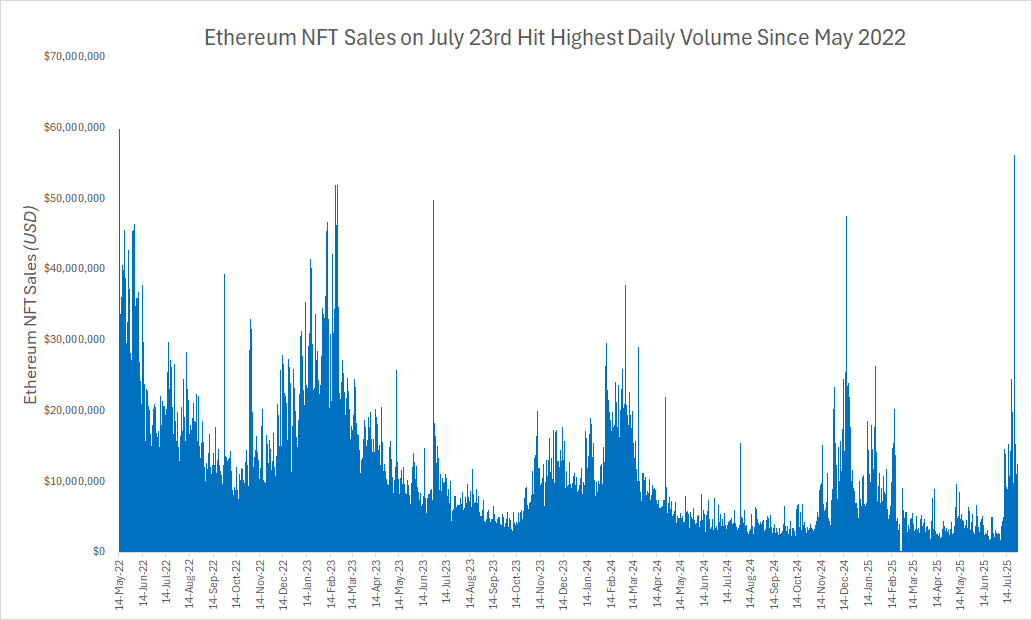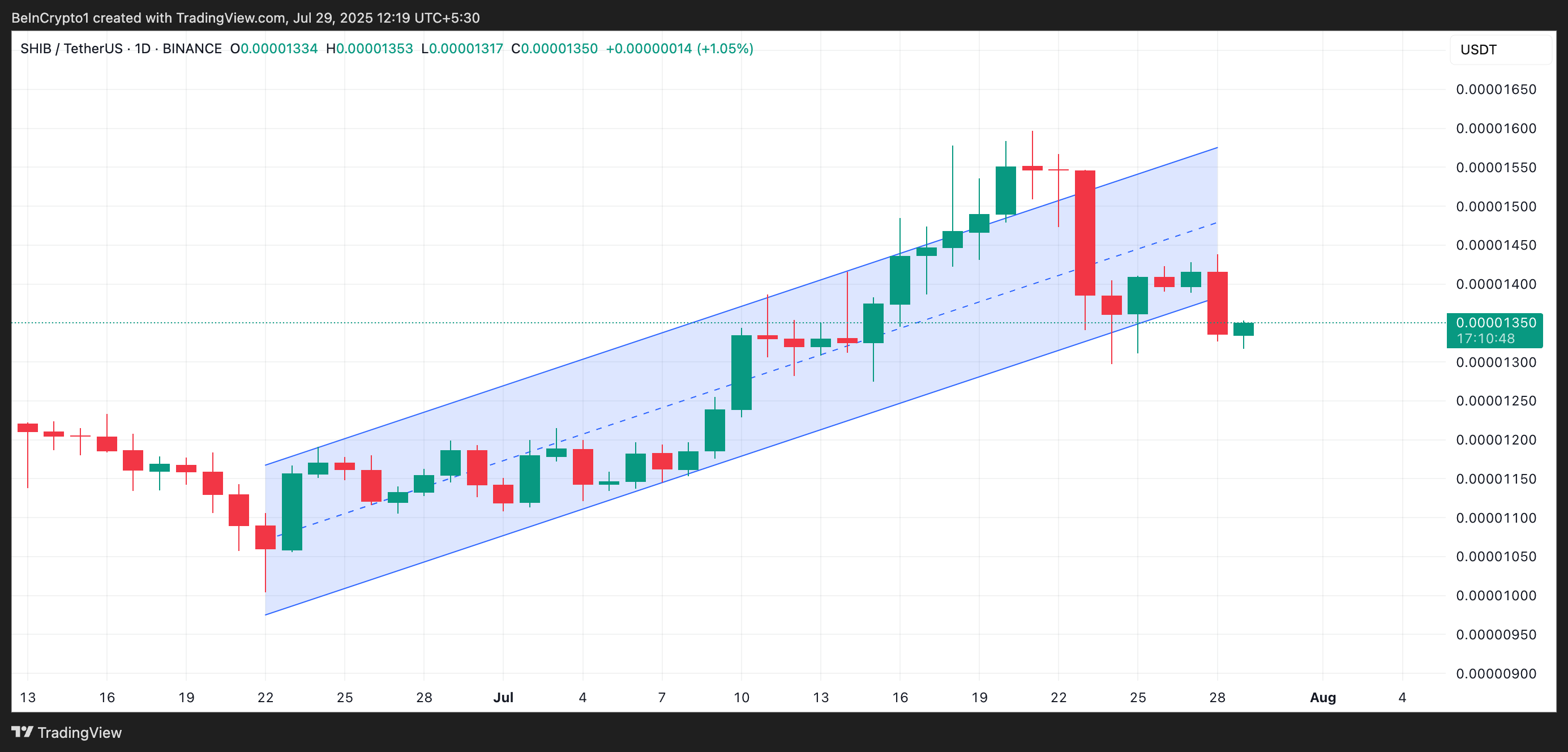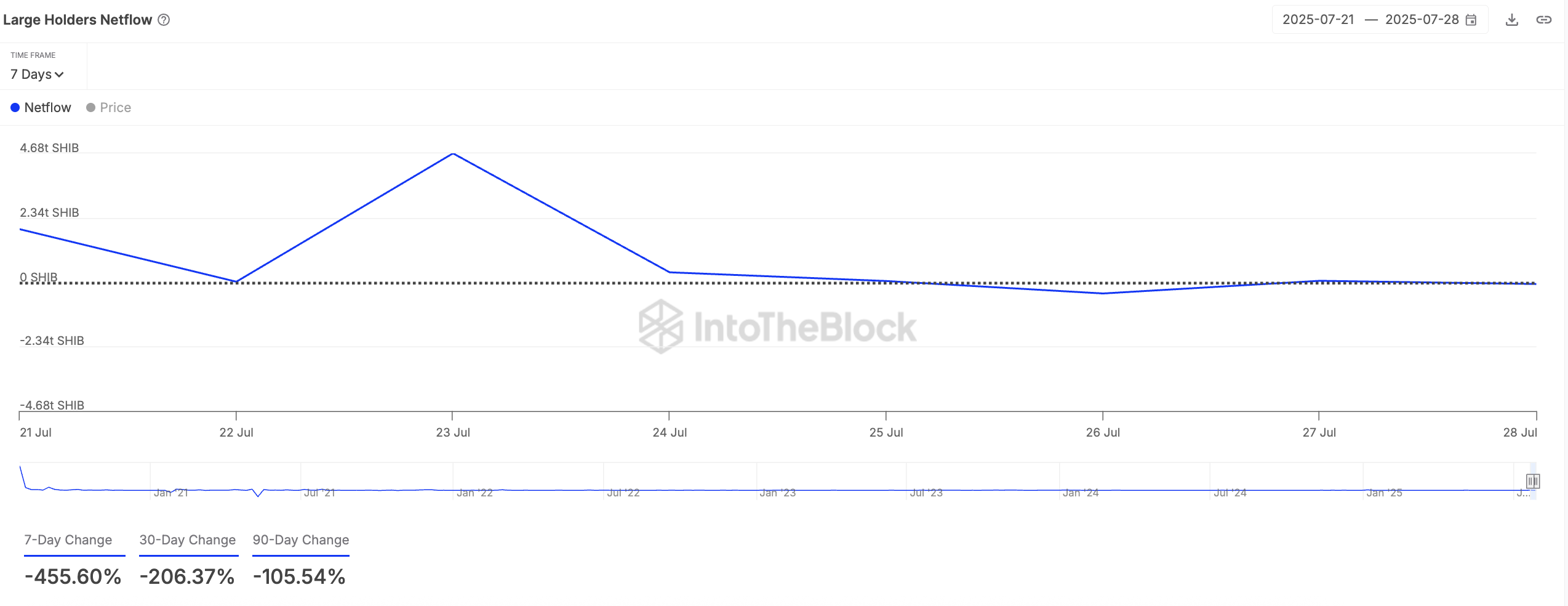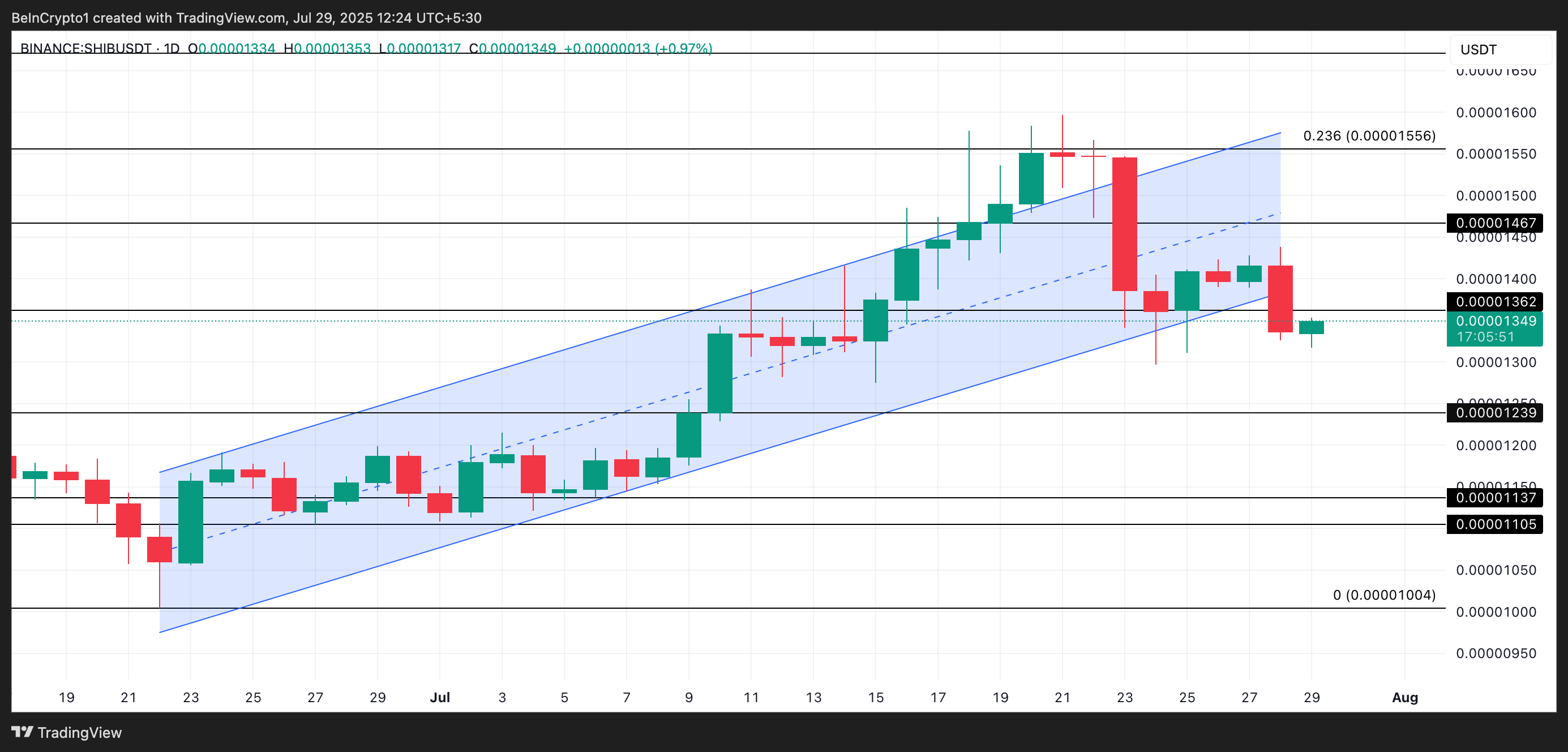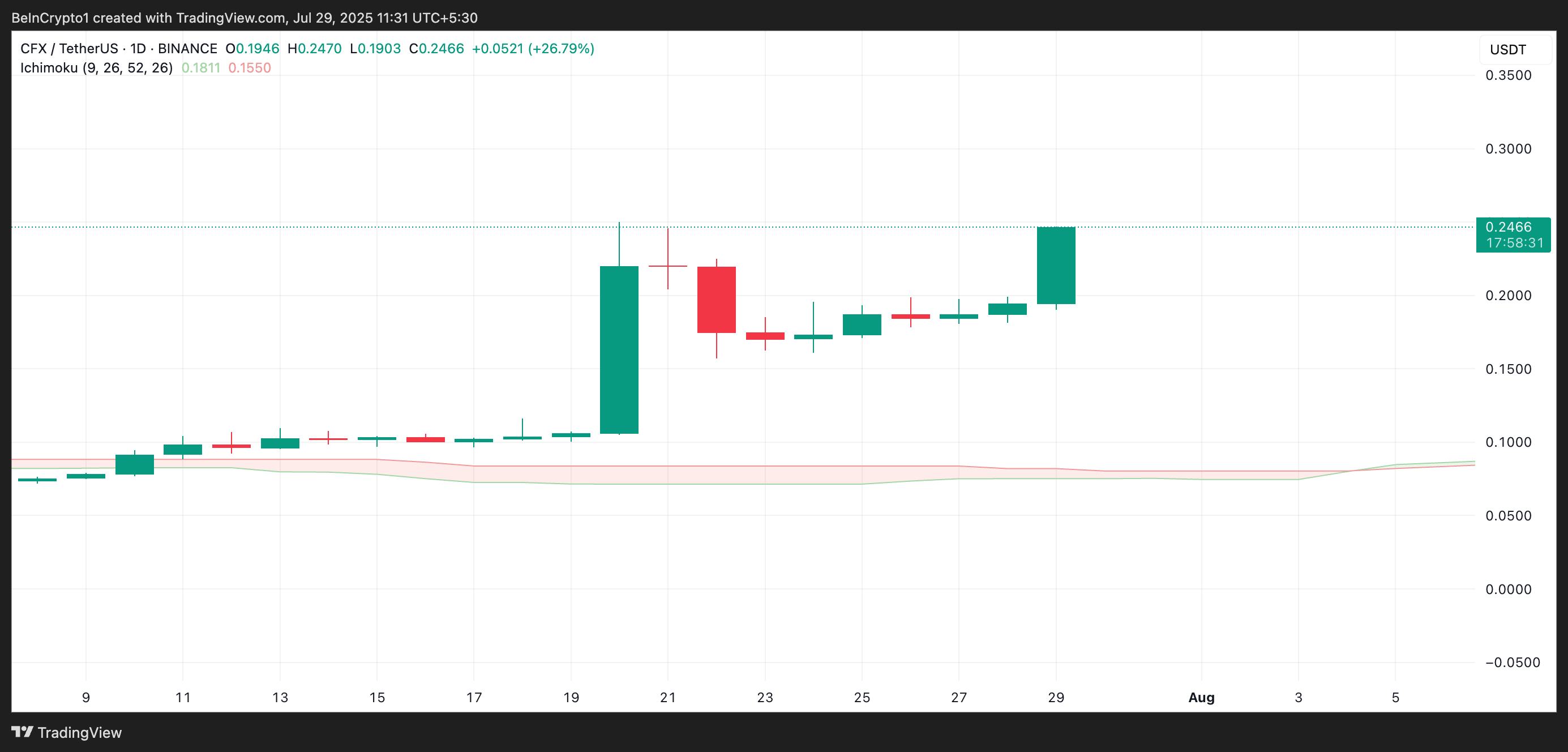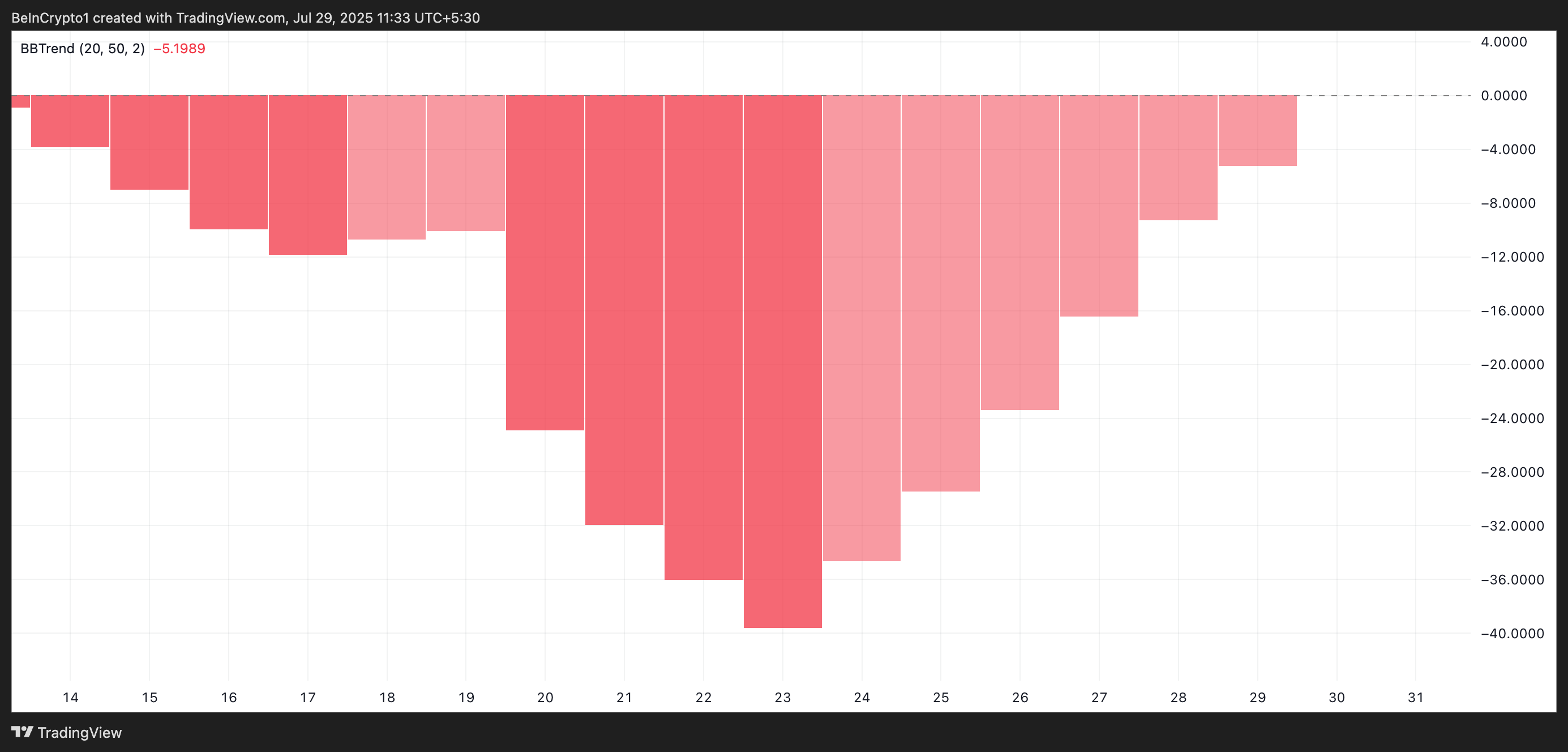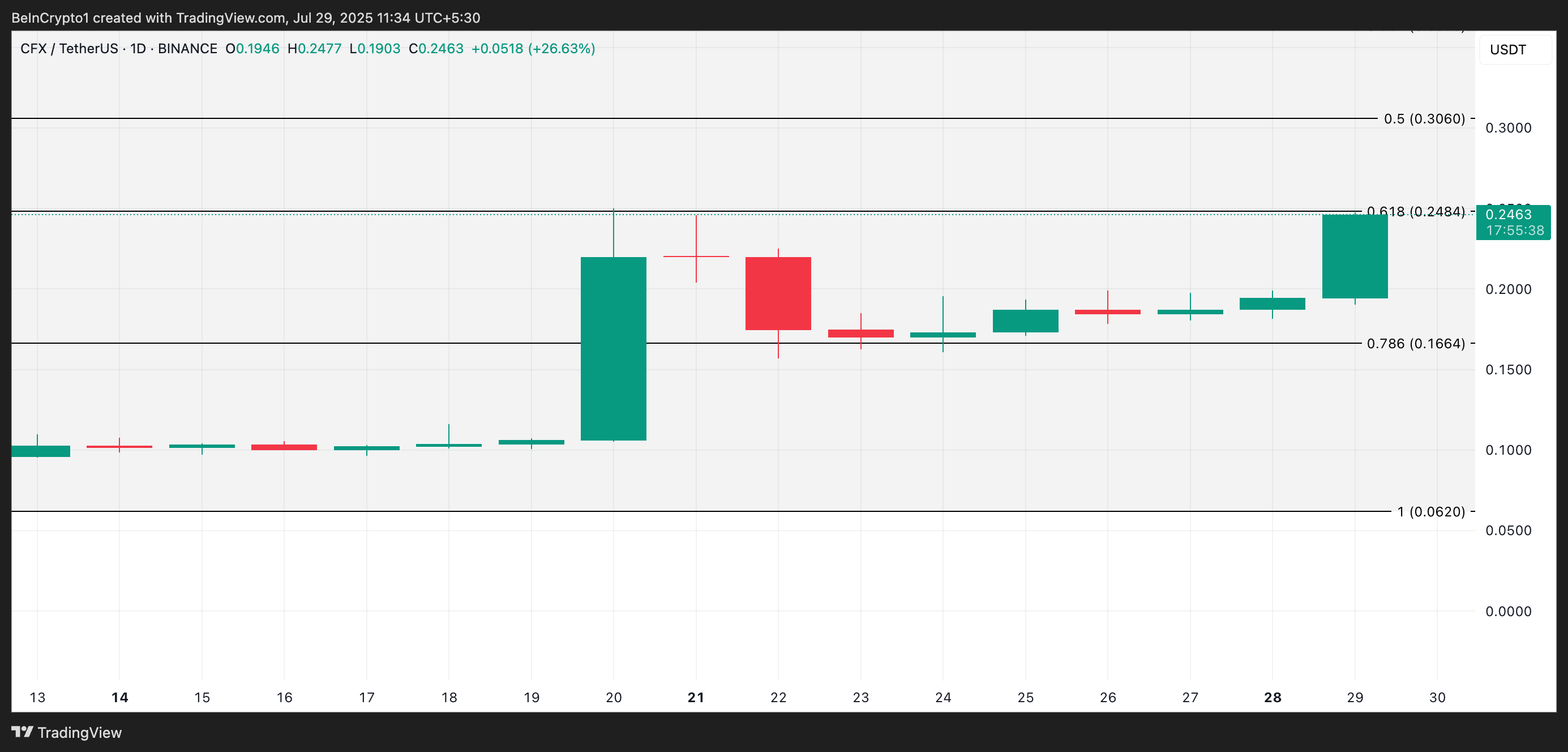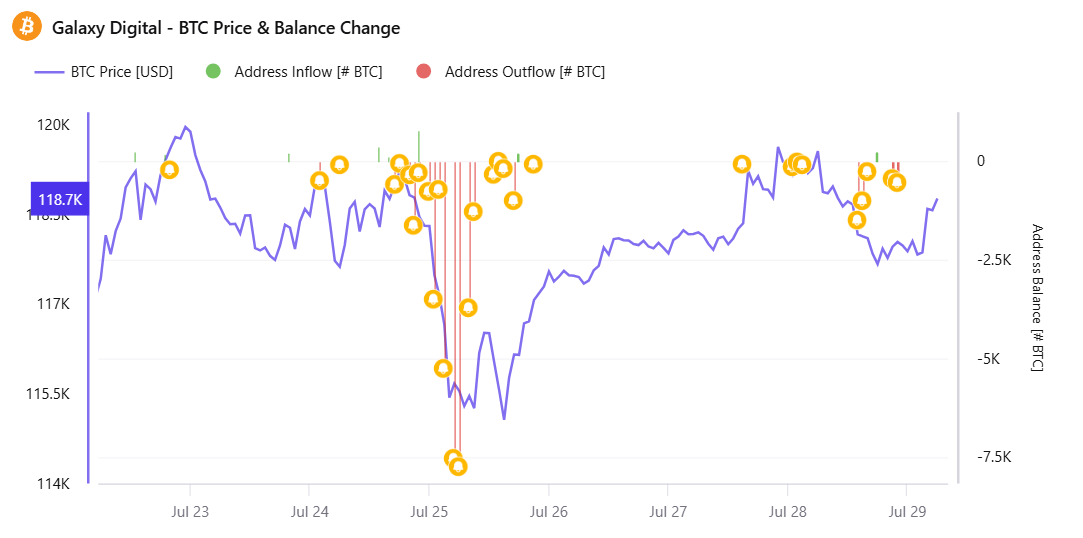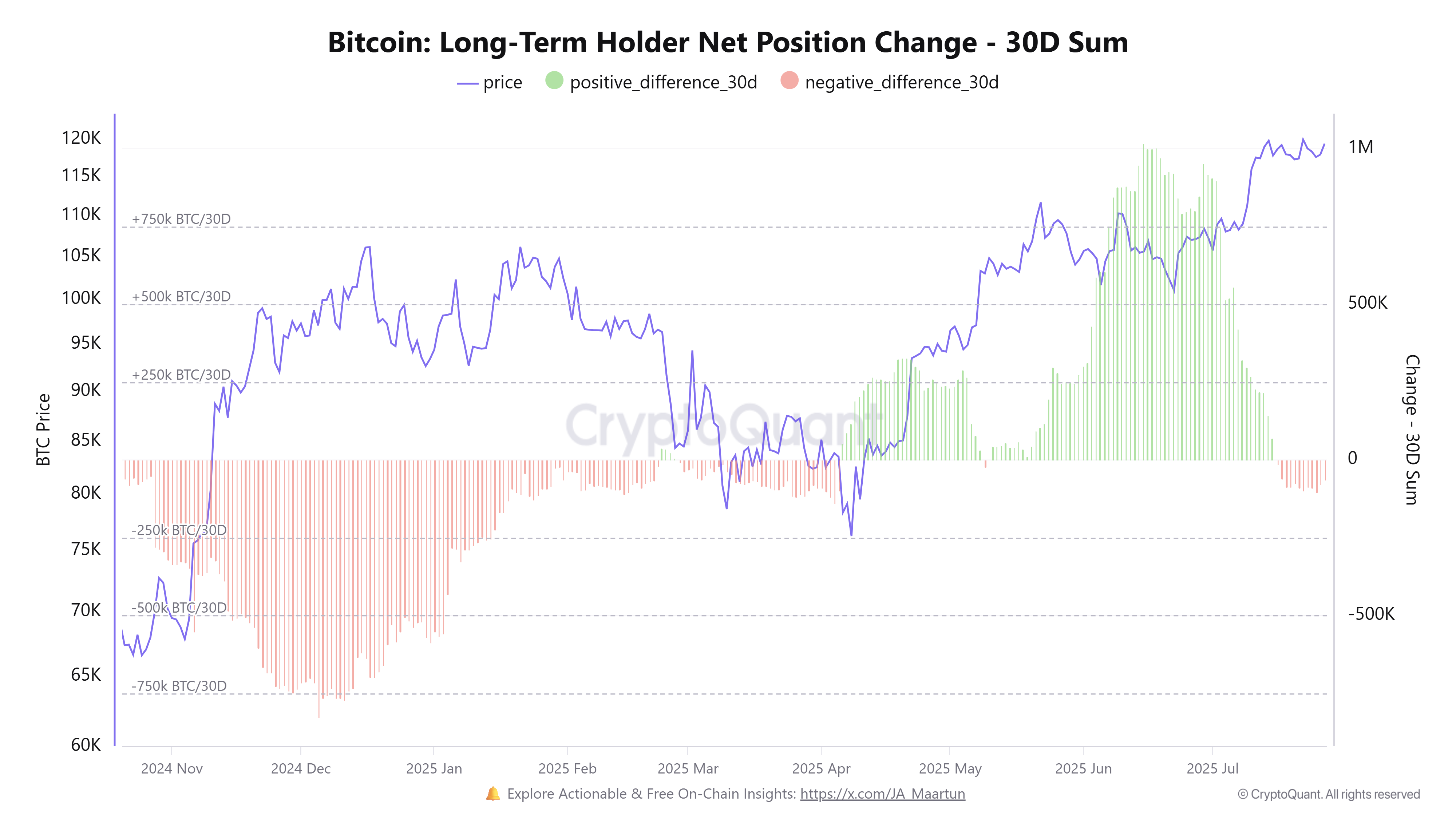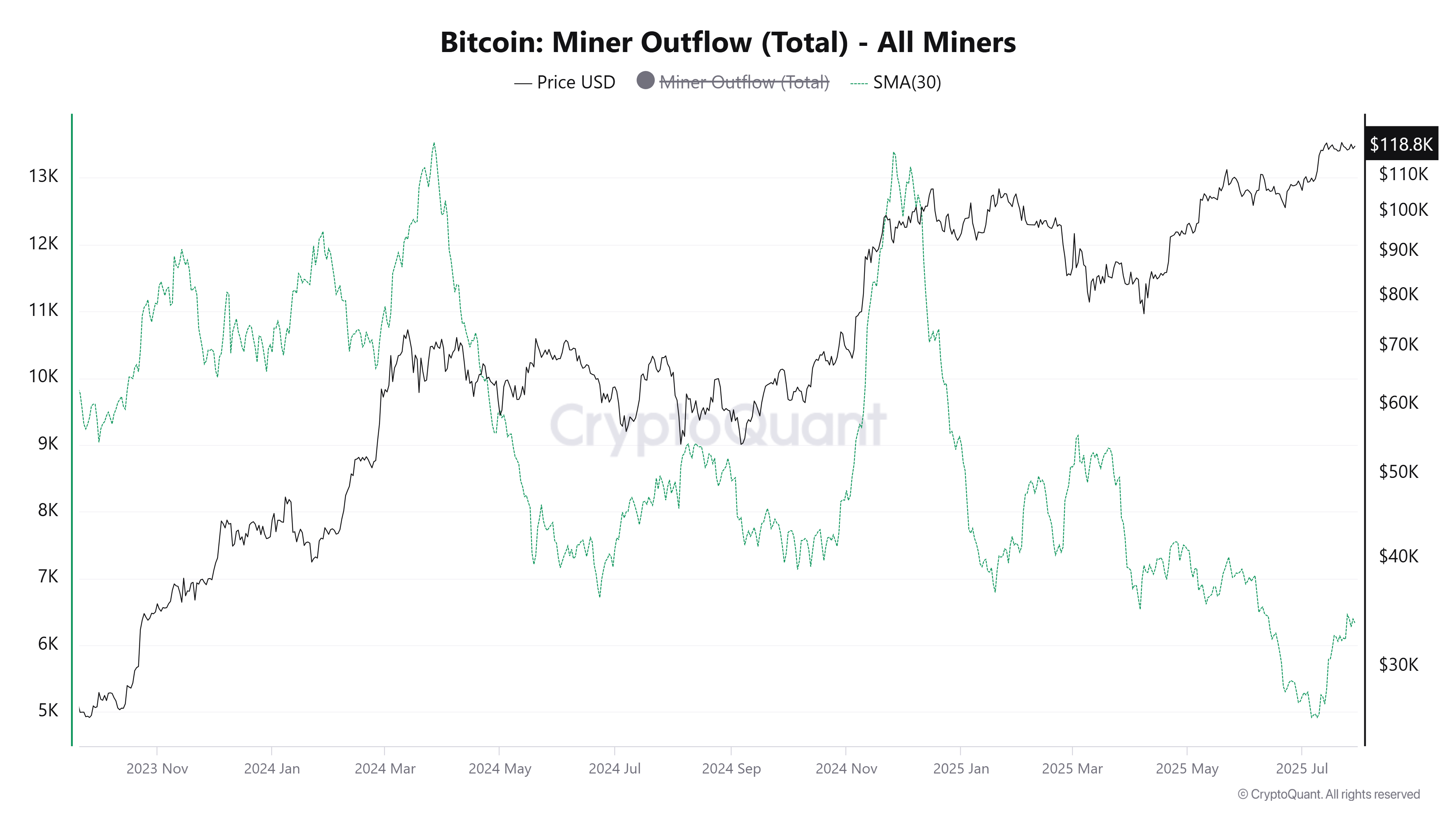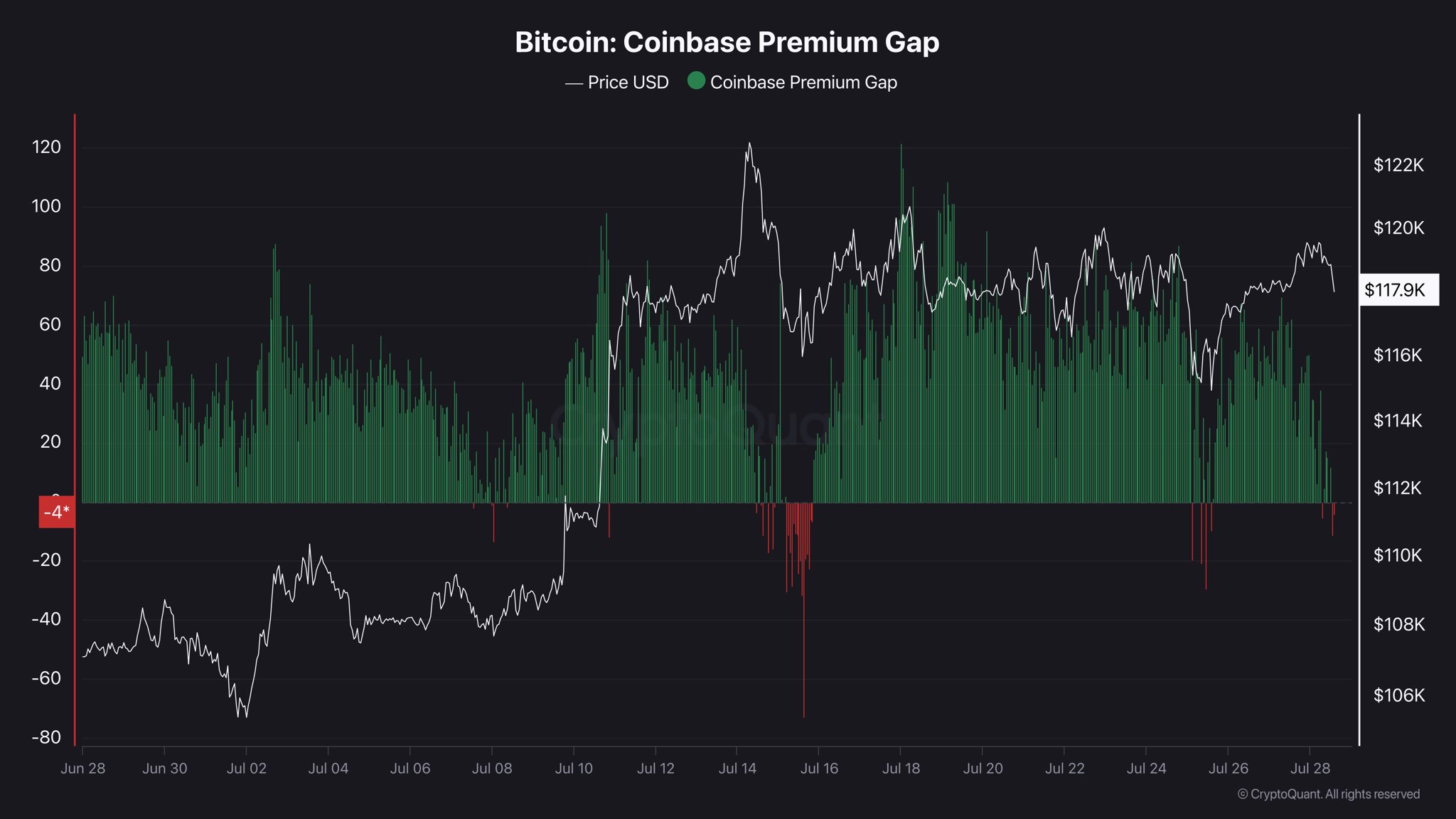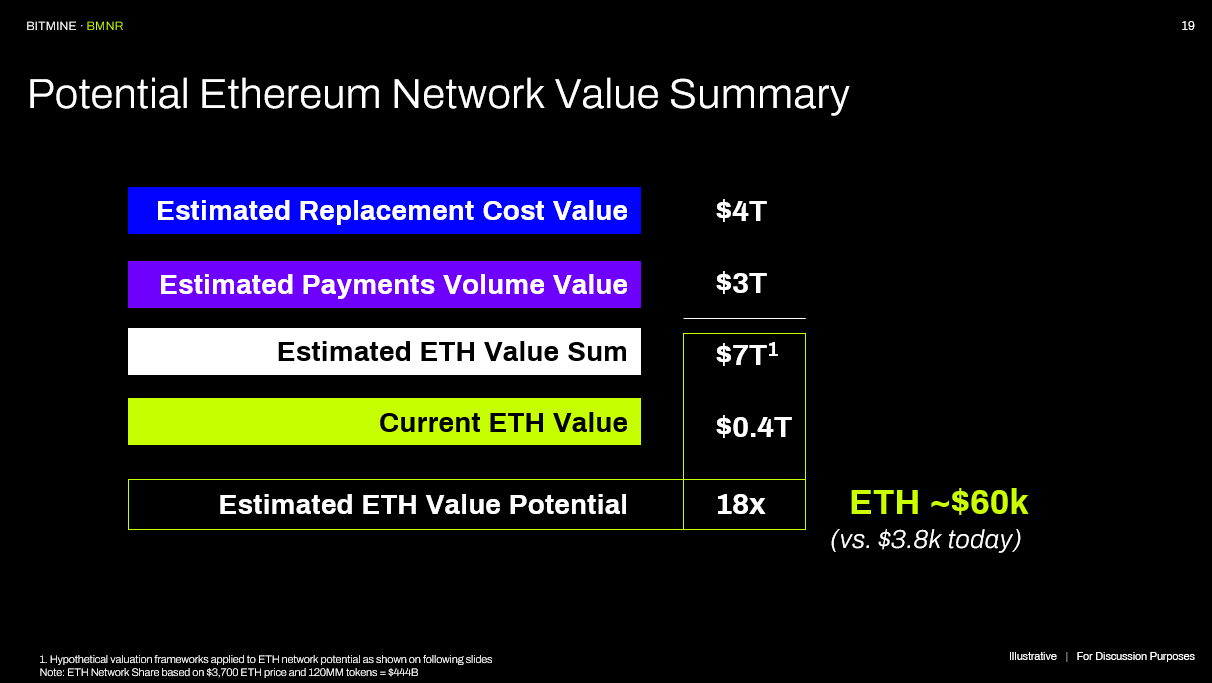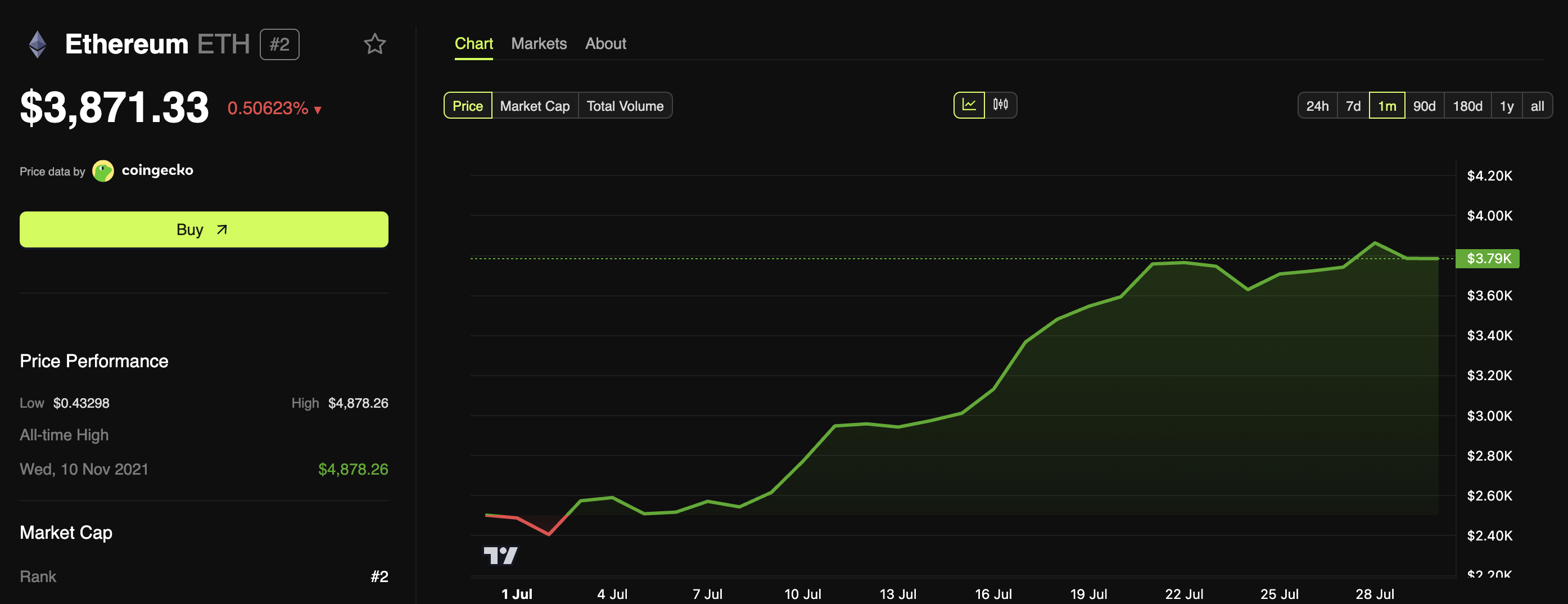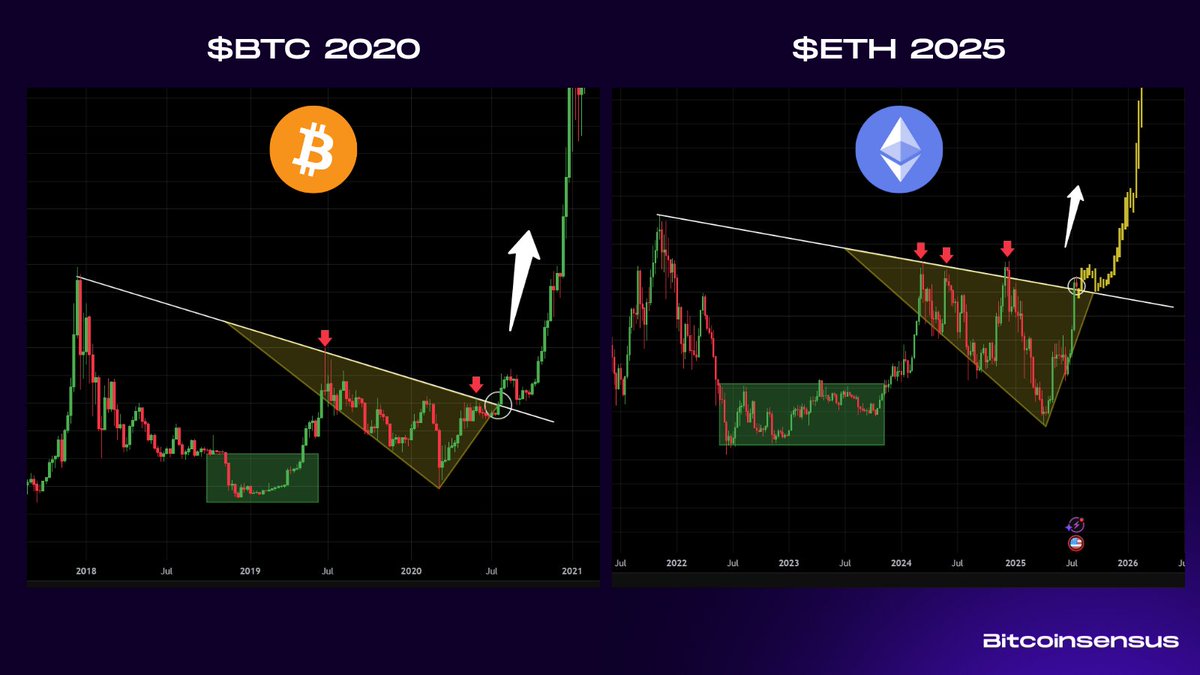Mento Selects Wormhole as its Official Interoperability Provider to Power Multichain FX
The foreign exchange (FX) market processes over $7.5 trillion in daily volume, yet remains constrained by legacy infrastructure that is slow, fragmented, and unavailable around the clock. Traditional FX markets are closed on weekends, rely on third-parties, and transactions can take days to settle, making them inefficient.
To address this, Mento is expanding its decentralized onchain FX capabilities, currently on Celo, to other blockchains by integrating with Wormhole, the leading interoperability platform connecting traditional finance and the internet economy, and its Native Token Transfers (NTT) standard. This integration will unlock access to global FX liquidity across chains for the first time at institutional scale.
Wormhole powers over 200 applications and has processed more than $60 billion in multichain volume with greater than 1 billion cross-chain messages across Solana, Ethereum, Aptos and other major blockchains. By leveraging this infrastructure, Mento will enable real-time multichain movement of its 15+ global and local stablecoins including cUSD, cEUR, cKES, and others, unlocking new use cases for decentralized currency exchange.
Mento’s Origins: A Foundation for Global FX
Mento originated as the stability protocol behind decentralized stablecoins on Celo. Following a community governance proposal, Mento spun out of cLabs, the core development team of Celo, as an independent project in 2022 to scale its mission of delivering accessible, local currency stablecoins to support use cases such as payments, remittances, microloans, savings and earning yield. This foundation remains core to Mento’s strategy of reaching billions of users across emerging and developed markets. Now, as Celo evolves into an Ethereum Layer 2, Mento stands as the leading FX infrastructure in the EVM ecosystem, powering decentralized currency exchange across chains.
A New Era for Global FX: Open, Instant, and Always On
Mento is building the decentralized infrastructure for global onchain FX, enabling developers and institutions to embed currency conversion natively into financial applications. Unlike traditional FX systems, Mento-powered FX runs 24/7, settles instantly, and eliminates the need for intermediaries.
Laying the rails to bring that scale of currency exchange onchain and provide decentralized liquidity for a growing range of currencies, Mento empowers both retail and institutional users to trade, hedge, settle, and access credit in their local currencies or globally used assets. This shift builds on Mento’s strong foundation in emerging markets and positions it as a scalable FX engine across multiple chains.
Through its integration with Wormhole NTT, Mento will enable:
- Multichain FX trading between 17+ stablecoins (including USDT and USDC) with real-time price execution.
- Movement of multi-currency stablecoins across 40+ blockchains with native issuance and redemption.
- FX settlement powered by Fixed Price Market Makers (FPMMs), enabling flexible, real-world pricing for use cases including cross-border payments, remittances, treasury operations and more.
This unlocks a future where currency exchange is not confined to banking hours or legacy regional systems, but is available globally, onchain, and at internet speed.
Multichain Liquidity for Onchain Currency Markets
The Wormhole NTT integration empowers Mento ecosystem builders and institutional partners to:
- Tap into decentralized FX liquidity from multiple chains;
- Route FX trades across ecosystems via Wormhole’s messaging infrastructure;
- Build multichain applications that rely on stable, price-efficient conversions between major global currencies.
This is a key milestone in transforming FX from a closed, opaque system into an open, programmable layer of the internet economy.
Unlocking the FX Market with Blockchain-Scale Infrastructure
“The FX market is one of the largest and most critical financial systems in the world, but it hasn’t evolved to match the demands of a 24/7 digital economy,” said Robinson Burkey, Co-Founder of Wormhole Foundation. “This integration begins the process of moving FX onchain, making it faster, more accessible, and more interoperable across blockchain ecosystems and unlocking another financial tool for a growing market of investors.”
“The Mento Platform aims to be the leading FX infrastructure for borderless finance,” said Markus Franke, CEO at Mento Labs. “This integration with Wormhole allows us to scale that vision globally, enabling anyone, anywhere to trade and move currencies in real-time, across chains, with instant finality and zero reliance on legacy infrastructure.”
As stablecoin adoption grows, the need for fast, interoperable, and decentralized FX infrastructure has never been greater. With this integration, Mento and Wormhole are laying the foundation for an open, liquid, and programmable FX system, ready to meet the scale and speed of the modern financial world.
Learn more: Visit Mento.org | Use Mento | Follow Mento on X | Join the Mento Community
About Mento:
Mento is the leading decentralized FX infrastructure, enabling seamless launching, trading, and settlement of global currencies onchain. Built for both institutions and individuals, Mento powers real-world financial use cases from cross-border payments to credit markets through a growing portfolio of overcollateralized stablecoins and a transparent, multicurrency platform.
The post Mento Selects Wormhole as its Official Interoperability Provider to Power Multichain FX appeared first on BeInCrypto.



